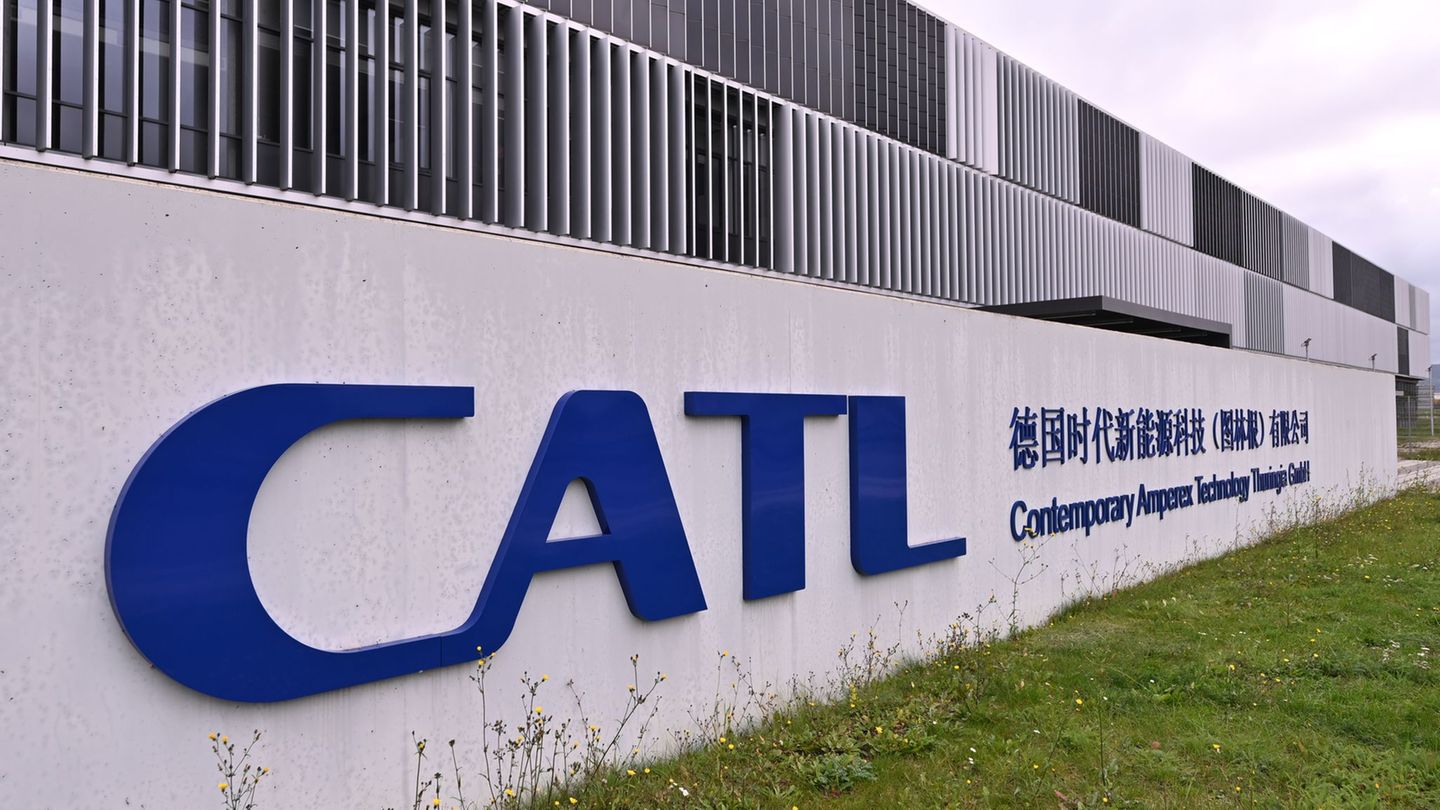The primary expense accrued from the National Public Administration (APN) In April it had a year-on-year drop of 10.6% in real terms and completed ten consecutive months of retraction, according to the analysis released this Wednesday, May 17, by the Congressional Budget Office (OPC). The first four-month period saw year-on-year cuts in the primary deficit of 9.3%.
The OPC report is known in advance of the one that the Ministry of Finance will release on Monday, May 22, although with methodological differences between the two measurements.
About, the OPC takes into account the accrued expense (commitments that were not necessarily executed in the period) and covers the APN, while the Treasury informs the expenditure executed (which could have accrued in previous months) of the Non-Financial Public Sectorwhich includes public companies and trust funds.
From the survey carried out by the OPC, The interannual variation of accrued primary spending showed decreases of 11.5% in July 2022, 20.4% in August, 16.4% in September, 16.8% in October, 27.7% in November and 22% in December.
So far in 2023, the year-on-year falls were 13.7% in January, 6.4% in February, 7.5% in March and 10.6% in April
In April, the accrued primary deficit was $274,432 million, with a nominal increase of 60% compared to the same month of 2022, which, as it was lower than the inflation accumulated in the period, implied a reduction of 23.4% at constant values. For his part, the financial deficit, which includes the payment of debt services, was $324,269 millionwith a nominal increase of 31.8% and a real decrease of 36.9%.
These results were a consequence of total income for one trillion 636.079 million pesos (+92.1% nominal and -8% real), total expenses of one trillion 960.348 million (+78.6% and -14.5%) and primaries of one trillion 910.511 million pesos (+86.7% and -10.6%).
Regarding the accumulated of the first quarter, The primary deficit was one trillion 35,318 million pesos, with a nominal year-on-year increase of 84.8% and a drop of 9.3% at constant values, and the financial deficit was one trillion 828,756 million pesos. (+99.4% nominal and -2.2% real).
Between January and April, total income amounted to 6 trillion 84.373 million pesos (+85.2% nominal and -9.1% real), total expenses to 7 trillion 913.129 million (+88.3% and -7.6%) and primary expenses to 7 trillion 119.691 million pesos (+85.2% and -9.2%).
Until April 30, the total accrued expenses represented 27.2% of the current budget credit, below the level registered in the same period of 2022, when they were 39%.
In this sense, last year the extension of the 2021 Budget was in force, without adjustments, a circumstance that generally affects a higher percentage than in years in which the law sanctioned by Congress is applied.
OPC highlighted that “social programs, such as Food Policies (47%) and the Enhance Work (40.5%) present the highest levels of execution”, being located at the other end the goods and services (18.6%), in which “the consumption expenses of the electoral process influence, which have not yet begun to be executed”, and capital expenditures (20.5%), “due to a greater extent to the percentages of execution of capital transfers to public companies (17.9%) and trust funds (19.6%) for the financing of works.”
Source: Ambito




